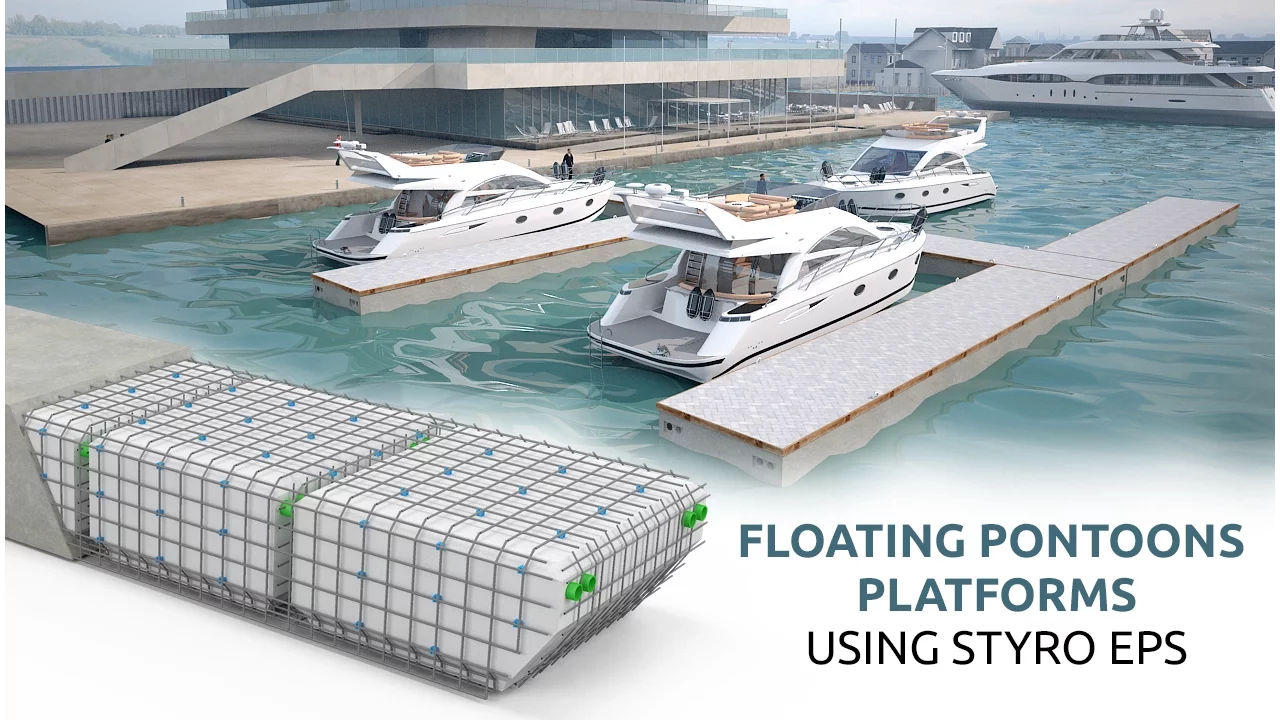
Buoys are commonly used in marine environments for navigation, signaling, and marking hazards. However, in landscaping, buoys serve a slightly different yet equally significant purpose. They are often used as decorative elements, adding visual interest and whimsy to outdoor spaces. Landscaping buoys are designed to mimic traditional maritime buoys, featuring bright colors, distinctive patterns, and unique shapes. If you are looking to buy buoys for sale, these features can help you make an informed decision.
The primary function of buoys in landscaping is to provide visual appeal. Their bold hues and intricate designs catch the eye, creating focal points that draw attention and break up monotonous landscapes. The playful nature of buoys adds personality and charm to gardens, patios, and walkways. Moreover, because they are made from durable materials such as plastic, metal, or fiberglass, buoys require minimal maintenance, making them ideal for busy homeowners.
Beyond aesthetics, buoys can serve practical purposes in landscaping. For instance, larger buoys can act as seating areas, providing functional space for guests to relax and socialize. Smaller buoys can be repurposed as planters, offering a creative way to display flowers and foliage. Furthermore, buoys can delineate boundaries between different sections of a garden or yard, helping to define pathways and direct foot traffic.
There are various types of buoys available for landscaping purposes, ranging from small tabletop versions to large, freestanding structures. Tabletop buoys are perfect for indoor or outdoor displays, while larger buoys can anchor outdoor furniture sets or stand alone as statement pieces. Additionally, buoys come in a variety of styles and themes, allowing homeowners to tailor their selection to match their existing décor or personal tastes.
Despite their versatility, buoys must be installed correctly to maximize their effectiveness and durability. Freestanding buoys should be secured to the ground using stakes or anchoring systems to prevent them from tipping over during windy conditions. Smaller buoys intended for tables or shelves should be placed in stable locations away from high-traffic areas. Homeowners should also take care to position buoys in appropriate lighting conditions to showcase their vibrant colors and patterns.
In summary, buoys serve multiple purposes in landscaping. While primarily used as decorative accents, they can also offer functionality through seating or planter capabilities. Available in various sizes and styles, buoys bring a touch of nautical flair to coastal homes and businesses alike. Correct installation ensures stability and longevity, enabling homeowners to enjoy their investment for years to come. Whether seeking to elevate a seaside retreat or simply add character to an urban backyard, incorporating buoys into landscape design provides endless possibilities.

